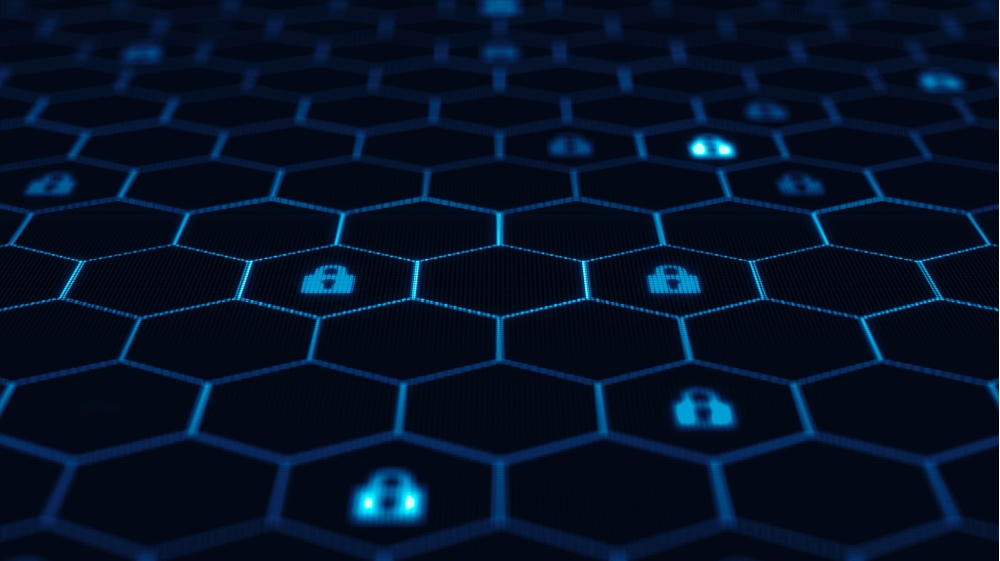A report from Gartner projects that IoT devices, excluding PCs, tablets, and smartphones, will reach 26 billion units by 2020, boosting the market by $3 trillion. Meanwhile, blockchain has also become a prominent fixture, with another analysis estimating the technology will add $3.1 trillion in business value by 2030. There is speculation that the two burgeoning technologies can complement each other, especially in the area of security where measures are currently known to be deficient.

As the industry of IoT grows gradually, there will new challenges that will have to be addressed, such as identification, connection, security, and the management of other devices. The use of blockchain for IoT is a priority for many companies. By 2019, 20% of all IoT devices will have a basic level of blockchain services enabled. The prioritization comes after a recent increase in DDoS attacks and an acknowledgement by vendors of a heightened need for cybersecurity investments.
IoT Deficiencies and Where Blockchain can Fill Them
What makes smart devices so open to attack is their ability to gather plenty of data and information, which can be manipulated and falsified. Examples include downloading malicious applications and manufacturer backdoors, outlined in the US Government Accountability Office’s July 2017 regarding IoT devices in the Department of Defense.
One major challenge involves scale. As IoT devices become more advance and can process more data, they become easier to infiltrate. With blockchain, manufacturers can bring connectivity to scale without sacrificing security in the process. While IoT devices themselves lack the resources to host a blockchain, the immutability of the system coupled with cryptographic keys can be used to establish identity for devices. The devices, in turn, can present credentials to participate within an IoT environment, with credentials stored to and validated from a public blockchain.

Michael Zernov of Red Herring writes that since blockchain is a secure, democratized platform of all involved parties, the security risks of IoT can be eliminated by distributing data across multiple sources, thereby limiting the damage. An attack could be caught publicly, and access would be denied.
No single person holds the records in a blockchain system and, no one can delete them. As each identity that’s registered can be secured with the device’s public key, blockchain can enable more protected communication and greater trust in the overall network.
Zernov also goes on to mention that the greatest difficulty that the IoT industry will experience will be setting up enforceable commercial relationships between devices and humans. Smart contracts can help create true business models to ameliorate that problem. They can remove violations, confusion, and fraud amongst devices. More importantly, however, the normally human job of contractual conditions audit could be replaced by smart contracts.
Real-Life Examples
While blockchain’s use in IoT is arguably a new idea, the notion is already being brought to fruition. Nokia is launching a set of services based on IoT, data analytics, and blockchain technologies for smart cities, called Sensing as a Service (S2aaS). S2aaS provides intelligent analytics on environmental data gathered from IoT sensors, which operators can sell to cities and other authorities. S2aaS is powered by blockchain with a built-in micropayment platform, which supports smart contracts for “anonymized, private, and secure micro-transactions that allow operators to monetize analyzed data and generate new revenue streams.”

Other examples include Filament, which is engaged in the production of wireless sensors that allow enterprise to manage mining operations or flows of water over agricultural fields. Tilepay offers a secure decentralized cloud solution where users register their devices, and sell their data in real-time in exchange for cryptocurrency. The latter case is a great example of how blockchain can enable data monetization.
Conclusion
The Internet of Things is a burgeoning industry, with spending and usage showing no signs of slowing down. Nevertheless, as the industry continues to expand and develop, so too does the challenges, especially where security is concerned. The decentralized and democratized nature of blockchain technology could help bolster IoT security. It would allow manufacturers to build to scale without compromising on security. Smart Contracts technology would be able enforce contracts efficiently, detect fraud and attacks, and respond swiftly. While the notion of blockchain bolstering IoT security might be mostly in the realm of the theoretical, there are already examples in the case of Nokia’s S2aaS and Tilepay. As rising technologies, it only makes sense that IoT and blockchain could complement each other.
